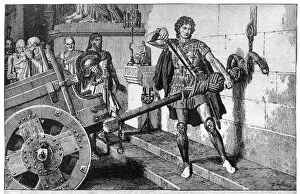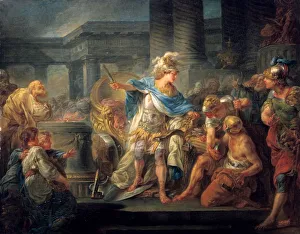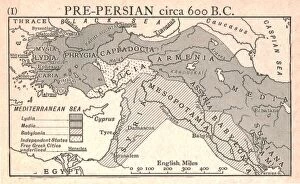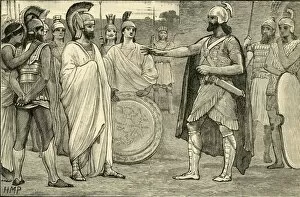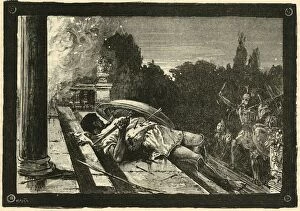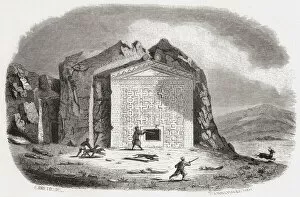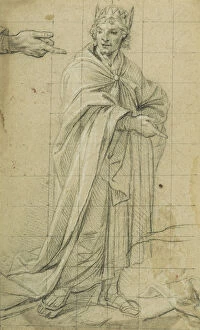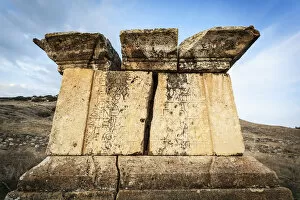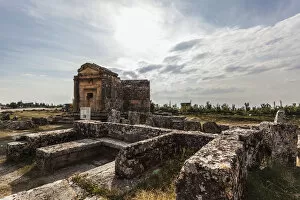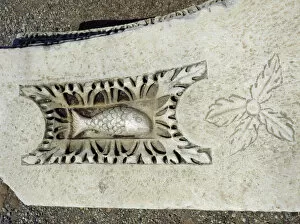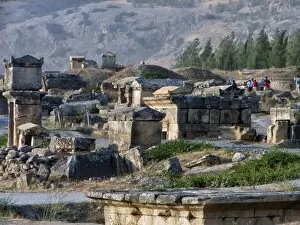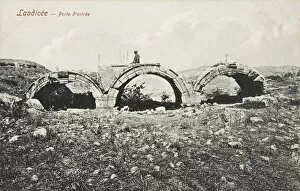Phrygia Collection
Phrygia, a land rich in history and mythological tales, holds a significant place in various art forms
All Professionally Made to Order for Quick Shipping
Phrygia, a land rich in history and mythological tales, holds a significant place in various art forms. In an exquisite lithograph published in 1886, we witness the depiction of Apostle Paul's Missionary Journeys through this ancient region. The lithograph captures the essence of Phrygia's cultural heritage. One cannot forget the legendary tale of Alexander the Great and the Gordian Knot. Jean-Simon Berthelemy immortalized this momentous event on canvas with his oil painting "Alexander cutting the Gordian Knot. " This artwork symbolizes not only Alexander's audacity but also Phrygia's connection to great conquerors. Another artistic masterpiece that showcases Phrygian influence is found within The Rothamsted Tapestries. Amongst them, one tapestry portrays Sibylla Hellespontica and Phrygia herself, representing wisdom and prophecy intertwined with this ancient land's identity. A remarkable statue stands tall as a testament to Phrygian royalty - a representation of a powerful Phrygian king. This sculpture exudes regality and reminds us of the kingdom's grandeur during its prime. The enigmatic figure of Cybele emerges from mythology as well; her presence looms large over Phrygia. Known for her association with fertility and nature, she has left an indelible mark on both folklore and art throughout centuries. Intriguingly engraved is the image of the Phrygian Sibyl - captured in black-and-white photography - whose prophetic abilities were revered by many civilizations. Her mystique continues to captivate audiences even today. Literature too has embraced Phygia’s legacy; La Fontaine’s Fables includes Aesop The Phyrigian fable among its timeless collection – showcasing how these stories have transcended time itself. Artistic interpretations further bring forth captivating narratives such as "The Judgment of Midas, " a mesmerizing oil painting from the 17th century.


